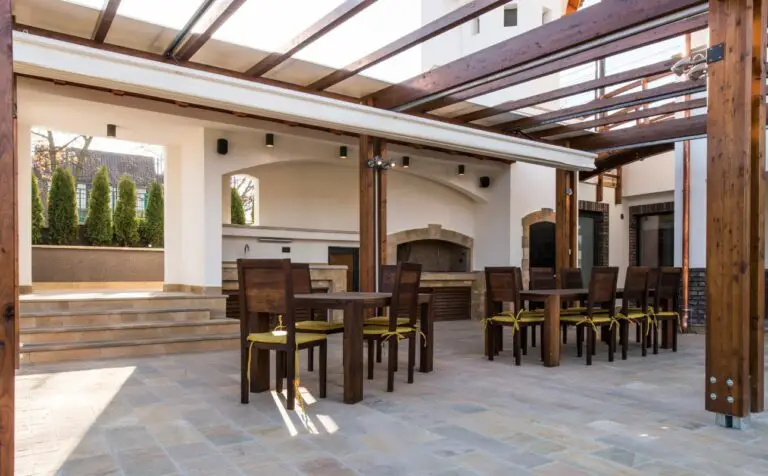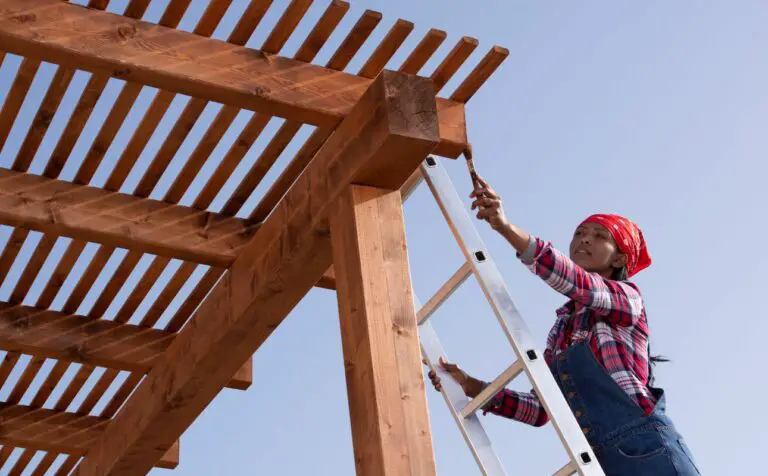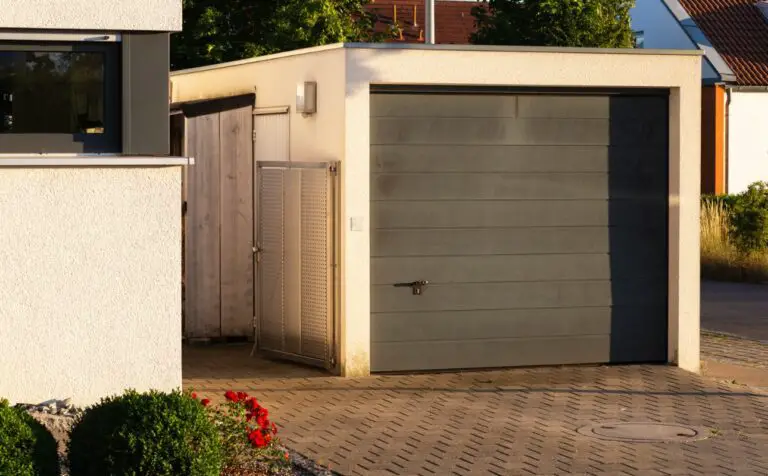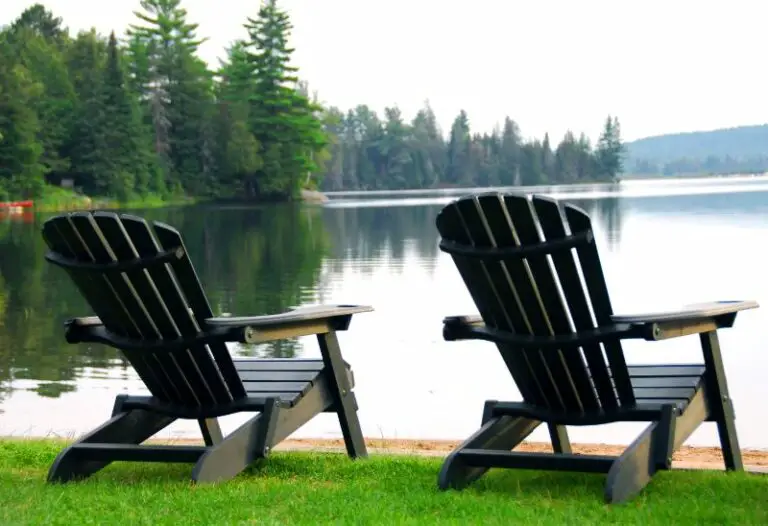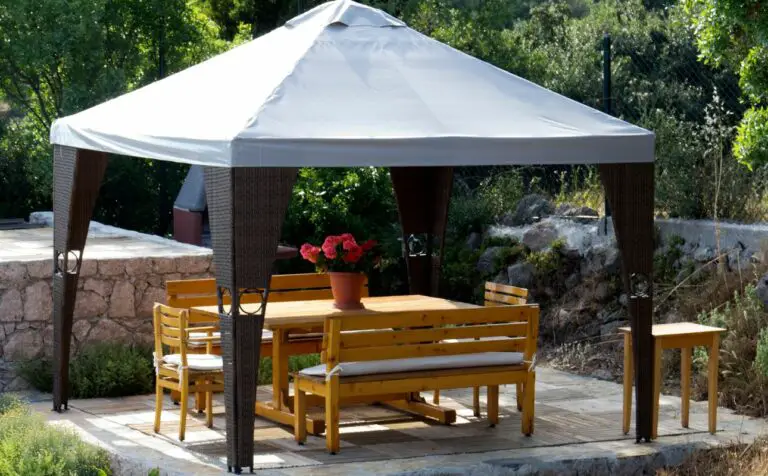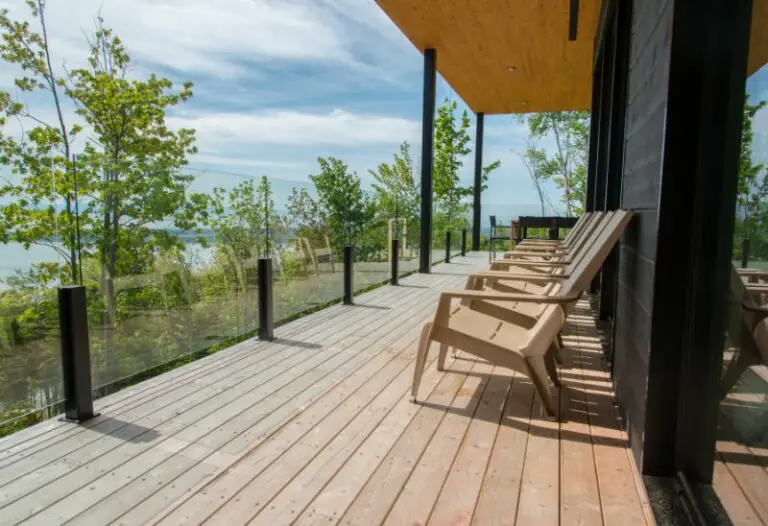The size of your pergola will depend on a variety of factors, including the purpose of the structure and the dimensions of your outdoor space.
While there are no hard and fast rules when it comes to sizing a pergola, there are some general guidelines that can help you determine what size will work best for your needs. But for your knowledge, the popular size of the pergola includes 16×16, 16×20, and 20×20.
In this article, we’ll take a closer look at how to choose the right size for your pergola so you can enjoy all its benefits in style!
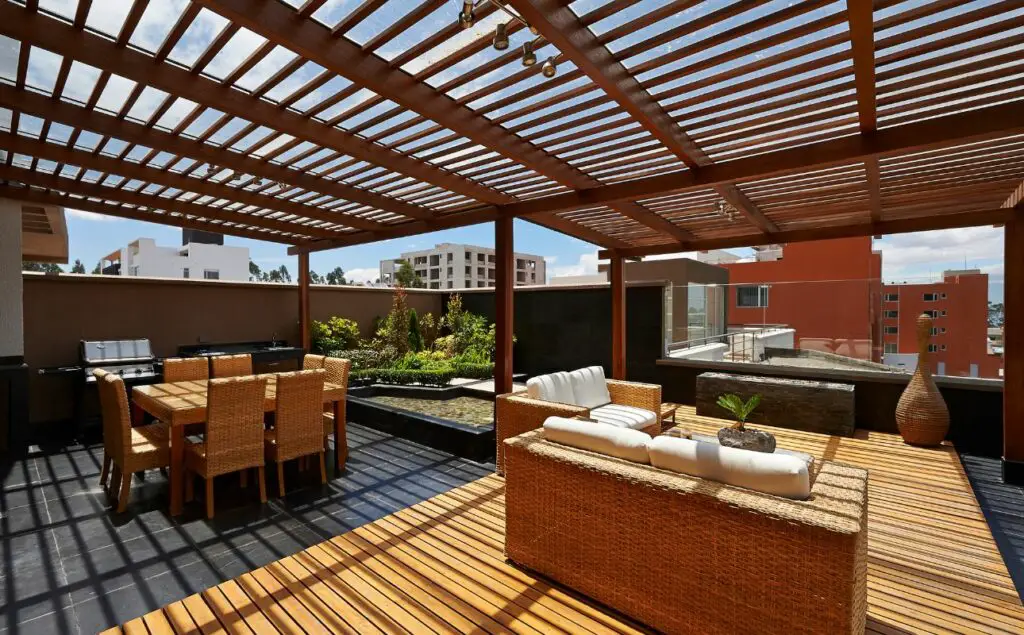
Identifying Your Outdoor Space’s Dimensions
The dimensions of your outdoor space will play an important role in determining how big your pergola should be. Before deciding on the size of your pergola, take some time to evaluate your outdoor space.
Consider factors such as existing landscaping features, obstacles, and furniture placement. This will help you determine how much room you have available for a new structure.
Once you’ve identified the usable space, get creative with designs that can maximize both function and aesthetics.
Determining The Primary Purpose Of Your Pergola
When considering a pergola design, keep in mind its primary function.
- Do you want a shaded spot for dining or lounging?
- Or are you looking for something more decorative?
A standard rectangular pergola is usually around 16 feet by 20 feet, but if you have a larger patio or deck area, consider going bigger.
You may also opt for a custom-built pergola to fit specific dimensions and complement the style of your home.
Considering The Number Of People Who Will Use The Pergola
If you plan on hosting events in your backyard or have a large family that enjoys spending time outdoors together, then a larger pergola may be necessary. Consider adding additional features such as built-in benches or chairs to accommodate more guests comfortably.
On the other hand, if you only plan on using the space for intimate gatherings or relaxation purposes, a smaller pergola would suffice.
A larger structure can easily accommodate fewer people but not vice versa. So take into account any potential changes in usage over time and ensure that your design plans align accordingly.
Selecting The Ideal Shape For Your Pergola
Structural support is also an important factor when it comes to choosing the right size and shape for your pergola.
- Choosing The Right Size
A small pergola can be ideal for intimate gatherings or cozy spaces while a larger one may be better suited for entertaining guests or providing shade over an entire patio area.
Ultimately, the key is finding that perfect balance between form and function to create a beautiful and practical addition to your home’s exterior design.
- Shape Considerations
The right shape can make or break your pergola design, so it is crucial to find one that matches your vision while fitting within your available space.
Whether you want a traditional square or rectangular style, something more modern like circular or hexagonal designs, or even a combination of forms – there are many possibilities to explore!
- Structural Support Requirements
The design and weight capacity of your chosen structure will determine what kind of support you need for it to remain stable and safe over time.
It is essential to consider these factors carefully before making any decisions about which type of pergola would work best in your backyard or garden area.
Whether you opt for a heavy-duty steel frame or something more lightweight like aluminum, knowing the load-bearing capabilities of your materials is critical for ensuring longevity and safety.
Choosing The Type Of Material To Be Used For Your Pergola
If you are planning to use your pergola for dining or entertaining, then it should be big enough to accommodate a table and chairs. When deciding on the size of your pergola, keep in mind that bigger isn’t always better.
A larger pergola may cost more both in terms of materials and installation. In addition, larger structures require more maintenance over time. It is important to weigh the benefits against the costs when deciding on the size of your pergola.
Deciding On The Placement Of Your Pergola
Let’s talk about where to place the pergola and what foundation requirements we’ll need.
Location
If you desire more shade, placing your pergola in a spot that receives less direct sunlight would be ideal.
Additionally, privacy may be a concern for some homeowners. Consider placing your pergola in an area that provides seclusion from neighbours or passersby.
Foundation Requirements
When deciding on the type of foundation for your pergola, two popular options are concrete and wood. Each has its own pros and cons, such as durability and cost considerations.
- Concrete provides a long-lasting and sturdy base but may be more expensive than using wooden posts or footings.
- Wooden foundations can be less costly but require regular maintenance to avoid rotting or warping.
It is important to weigh these factors carefully when making your decision to ensure that your pergola stands strong for years to come.
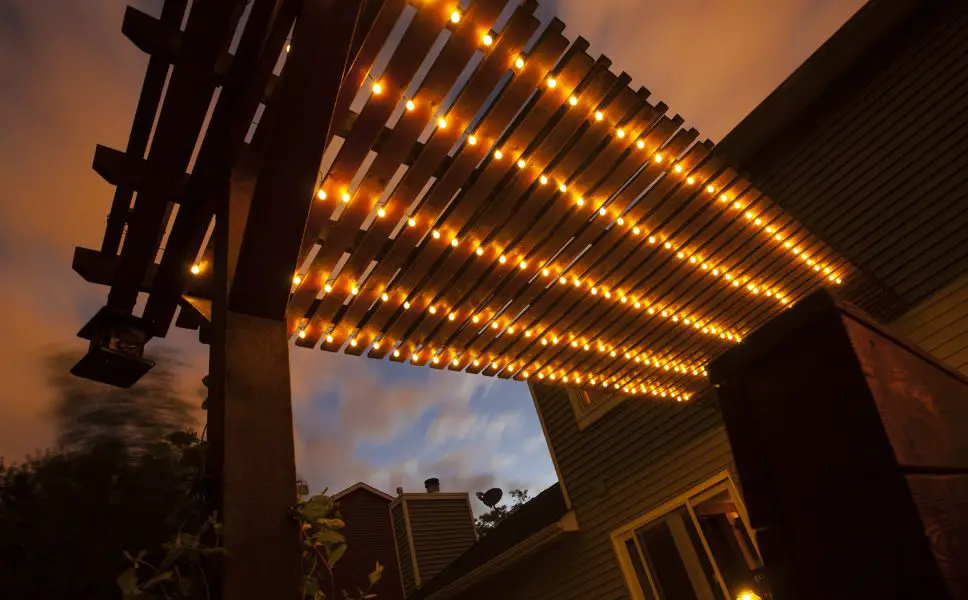
Incorporating Additional Features Into Your Pergola Design
When designing your pergola, it’s important to consider how you can incorporate additional features that will make it more functional and visually appealing.
One popular way of doing this is by adding lighting options. This not only allows you to enjoy your outdoor space at night but also creates a cozy ambiance for gatherings with family and friends.
There are various types of lighting options you can choose from when designing your pergola. From string lights to lanterns, the possibilities are endless. You could even install built-in LED lights into the structure itself for a sleek and modern look.
Consider incorporating items such as potted plants, hanging baskets or artwork on the walls to create an inviting atmosphere in which to relax or entertain guests.
Seeking Professional Assistance For Pergola Sizing
If you are unsure about how big your pergola should be, seeking professional consultation can be a great idea. A professional designer or contractor can help you determine the right size based on factors such as the available space, the intended use of the structure, and your personal preferences.
They will take into account things like the height and width of surrounding structures, sun exposure, and wind patterns to create a custom design that meets your needs.
The Bottom Line
When it comes to the size of a pergola, there is no one-size-fits-all answer. It all depends on your personal preferences and needs.
Consider factors such as the amount of space you have available, how much shade or sun protection you want, and what activities you plan to use the pergola for.
A professional contractor can help guide you through the process and create a custom design that fits your unique vision.
No matter what size or style you choose, a well-built pergola can add beauty and functionality to any outdoor space. With proper care and maintenance, it can provide years of enjoyment and relaxation for you and your loved ones.
So why not take the first step toward creating your dream backyard oasis today?
FAQ
Can A Pergola Be Attached To A House?
When it comes to building a pergola, one of the design considerations is whether it should be attached to a house or freestanding.
There are benefits to both options – an attached structure can provide shelter and extend living space seamlessly from indoors to outdoors, while a freestanding pergola allows for more flexibility in terms of location and can serve as a focal point in your yard.
Are There Any Building Codes Or Permits Required For Building A Pergola?
Building codes and permits are often required for such structures, so it’s essential to research the requirements and exemptions specific to your area before beginning construction.
It’s also crucial to follow all necessary safety guidelines during installation to ensure the structure is secure and won’t pose any hazards.
How Much Maintenance Is Required For A Wooden Pergola Compared To A Metal Or Vinyl One?
Wooden pergolas require more upkeep than metal or vinyl ones, as they need to be stained every few years to maintain their appearance and weather resistance.
Metal and vinyl options are generally low-maintenance and do not require staining.
Additionally, both materials offer a variety of colours and finishes without sacrificing durability or longevity.
What Are Some Popular Ways To Decorate Or Accessorize A Pergola?
One popular way to enhance the aesthetic appeal of a pergola is by accessorizing it with outdoor lighting and climbing plants.
Climbing plants, such as wisteria or grapevine, can add natural beauty and help provide shade during hot summer days.
